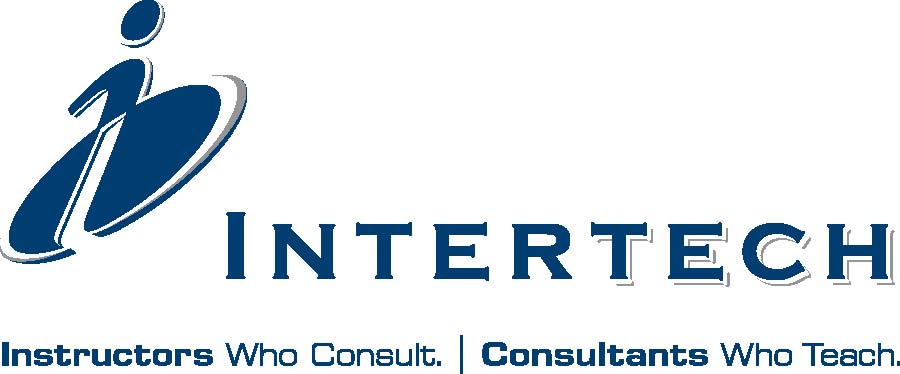Chris Skorlinski
Making the Move to SQL Database in the Cloud
Wondering how your on-premise DBA skills translate to cloud based SQL Database DBA skills? Not sure how you’ll get along without SQL Profiler? Yup, that’s right, no SQL Profiler. I’ll cover tools and technique for identifying connection timeouts, query timeouts, waits, deadlocks, and throttling when using SQL Database backend. I’ll also explore how to retrieve query plans for those long running and high IO queries to give your application a boost. We’ll end the evening with list of tips and best practices when using SQL Database in the cloud.

-
Chris (Blog | LinkedIn | Twitter) has been with Microsoft for 20 years. He is a Support Escalation Engineer at the Microsoft Charlotte NC office specializing in performance tuning and troubleshooting in Replication and Windows Azure SQL Database. Chris has two MSDN blogs, one that contain Best Practices, How To, and Inside Replication tips for configuring and turning SQL Server Replication and another that covers Windows Azure SQL Database topics.
Claim your 30 day free trial of Azure
Get FREE Azure and SQL Server Training at Microsoft Virtual Academy
Paul Turley
Getting Started with Tabular Model Design, Part 2: DAX Essentials
Data Analysis Expressions (or DAX) is the underlying expression and query language used with Analysis Services tabular models and PowerPivot. Continuing the topic of Getting Started with Tabular Model Design, we will introduce and explore this elegant expression language for creating calculations in lightening-fast analytic models to support self-service analytic reporting and Business Intelligence dashboards. You’ll learn the very basic essentials of DAX and explore common examples of useful and more advanced DAX functions you can use to resolve common business problems; such as aggregation, working with row and filter context, math operations, logic branching and decision structures. Once you see tabular, in-memory analytics and DAX in practice, you may never want to go back to the old, slower ways of analyzing business data.

Paul (Blog | LinkedIn | Twitter) is a Mentor with SolidQ, SQL Server MVP, speaker, author and business intelligence solution architect.
Refreshments graciously provided by Microsoft.
Featured Sponsor: Pluralsight
-
Visit our website for more details.
We wish to acknowledge the OSHU Information Technology Group for supporting Oregon SQL by generously providing the meeting venue.
 Don’t miss this meeting!
Don’t miss this meeting!


